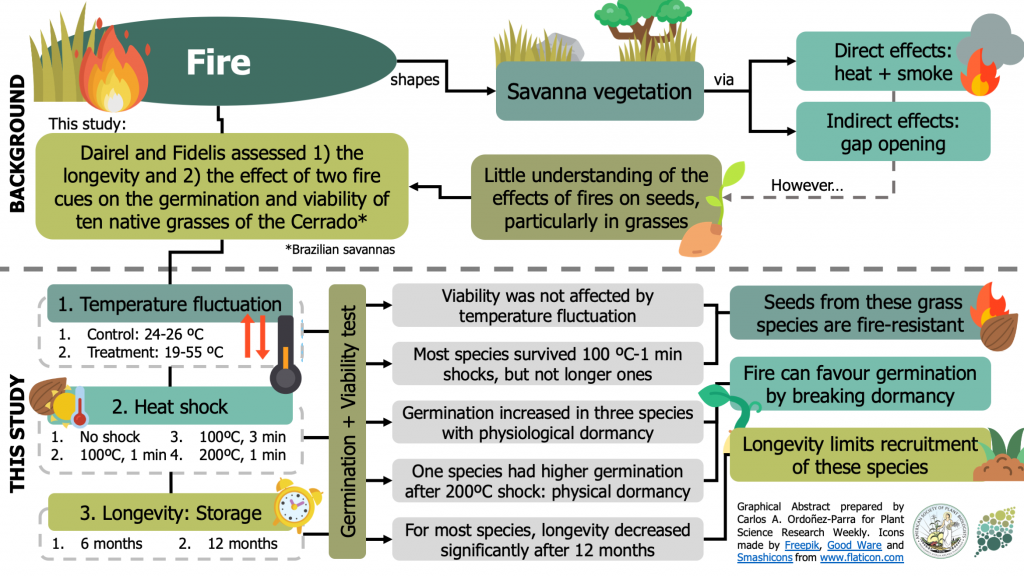
How does fire affect germination of grasses in the Cerrado? ($) (Seed Sci. Research)
Plant Science Research WeeklyFire shapes tropical savannas through direct (i.e., heat and smoke) and indirect (i.e., opening gaps) effects on the vegetation. However, its effects on seeds from neotropical grasses have seldom been addressed. In this paper, Dariel and Fidelis assessed the longevity and the impact of fluctuating temperatures…

Review: Evo-physio: on stress responses and the earliest land plants (J. Exp. Bot.)
Plant Science Research WeeklyStreptophytes are a grade of mostly freshwater algae that transitioned into land, a singularity that in turn gave rise to all present terrestrial flora. This passage along the hydrological gradient that culminated in land habitation required key adaptations to overcome previously unencountered terrestrial…
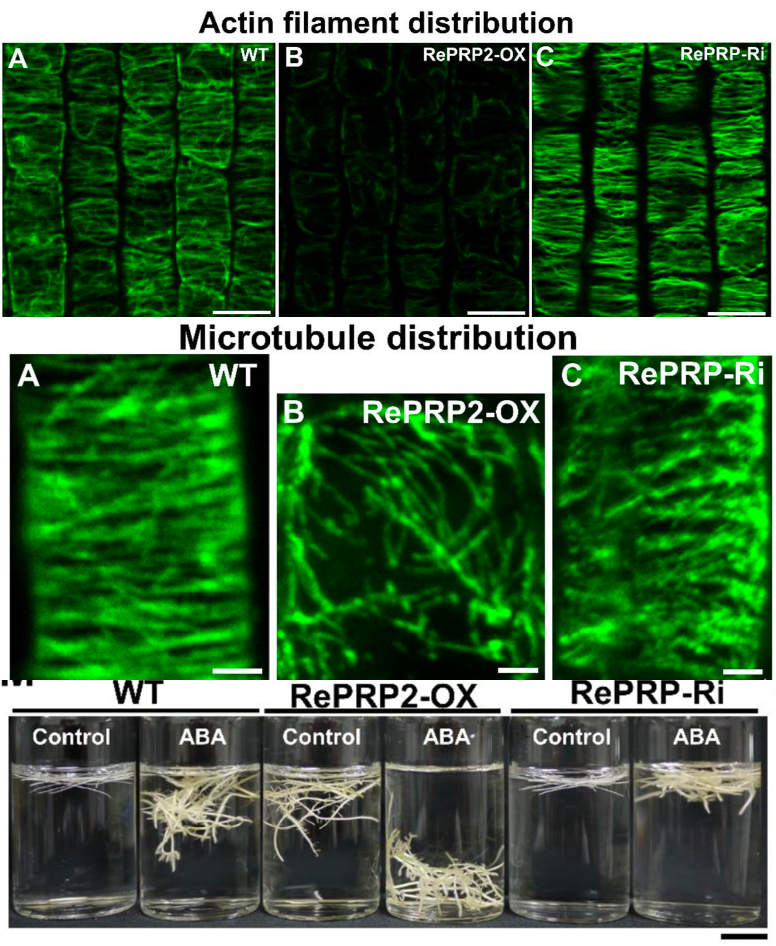
“Order by disorder”- intrinsically disordered proteins (Plant Physiol.)
Plant Science Research WeeklyIntrinsically disordered proteins (IDP) have repetitive protein sequences but lack a defined 3D structure and are deployed to do some challenging functions that a protein with a defined 3D structure cannot perform. One such IDP, Oryza sativa REPETITIVE PROLINE-RICH PROTEIN (OsRePRP) is involved in inhibiting…
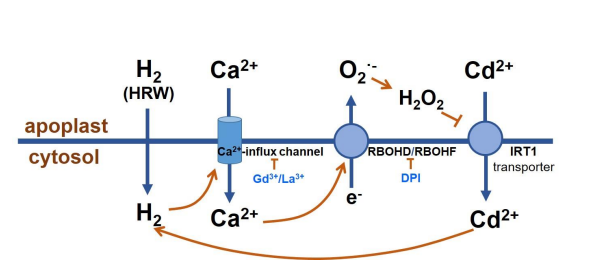
Hydrogen mediates tolerance to cadmium-induced root toxicity (Plant Physiol.)
Plant Science Research WeeklyHeavy metals are a potential threat to human health, especially in areas with high industrial activity where the metals leach in the soil to contaminate underground water. These metals are a threat to plants too, resulting in stunted growth and their eventual death. Wu et al. carried out a mechanistic…
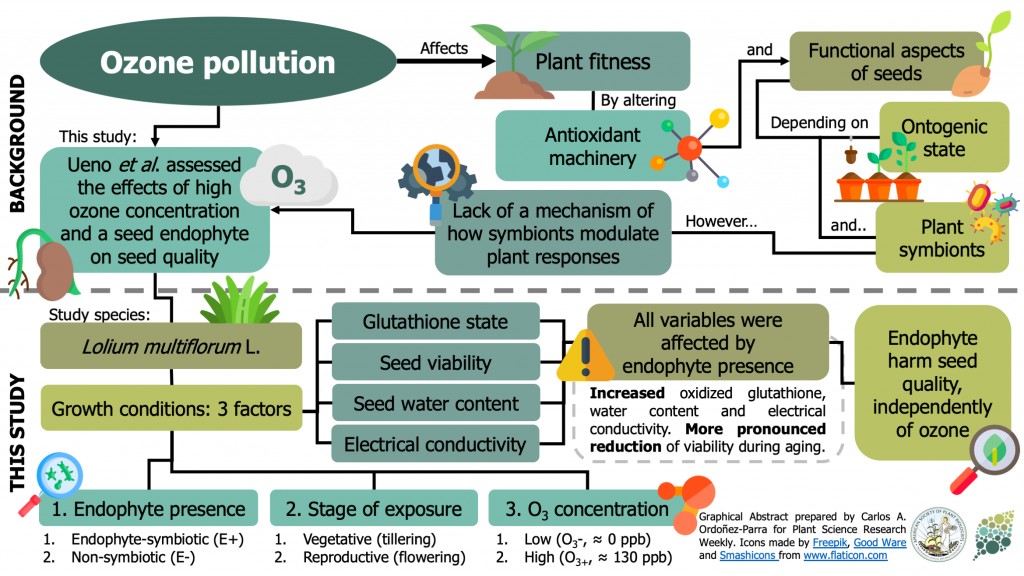
The negative effect of a vertically transmitted fungal endophyte on seed longevity is stronger than that of ozone transgenerational effect ($) (Environ. Exp. Bot.)
Plant Science Research WeeklyGlobal environmental change brings new challenges to plants at different levels, including seed development and persistence. For example, the increasing ground-levels of ozone (O3) can affect seed viability, as a result of changes in the mother plant antioxidant machinery. These responses might depend…

Plant 22-nt siRNAs mediate translational repression and stress adaptation (Nature)
Plant Science Research WeeklyAmong the myriad small interfering RNAs, 21- and 24-nucleotides siRNAs control plant development and immunity through mRNA cleavage and RNA-directed DNA methylation, respectively. Still, the regulation and biological function of 22-nt siRNAs remain unresolved. In this report, Wu and coworkers investigated…
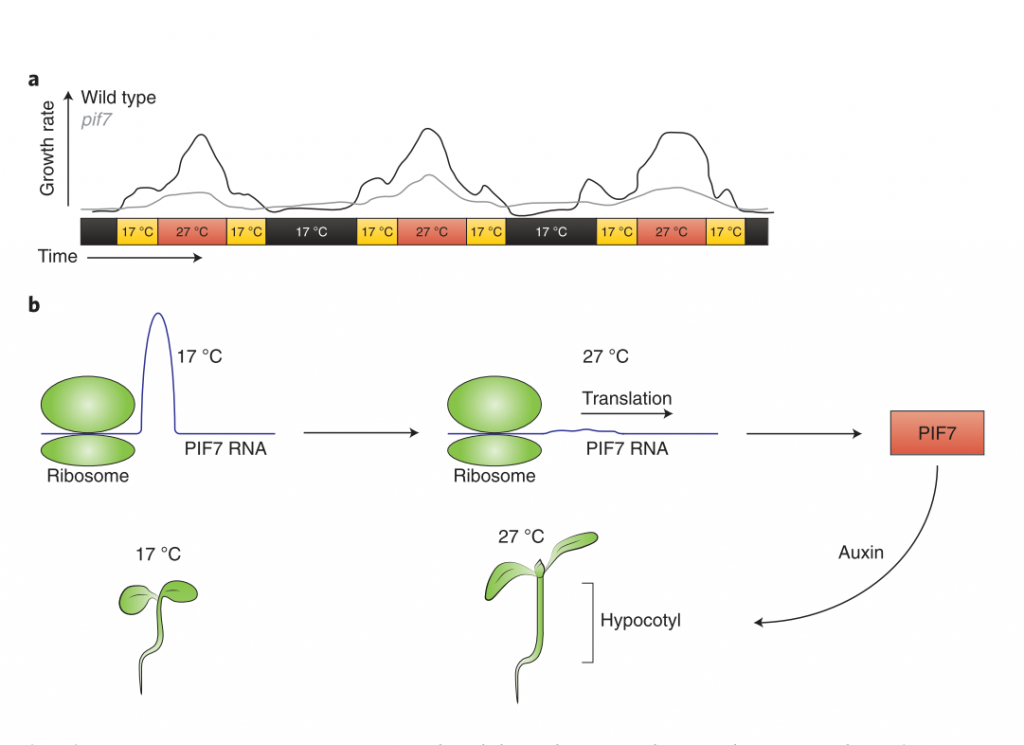
An RNA thermoswitch regulates daytime growth in Arabidopsis (Nature Plants)
Plant Science Research WeeklyPlants are sessile organisms and as such they must be highly responsive to environmental cues including temperature, and adjust their growth and development accordingly. Considering that mean global surface temperatures are expected to continue to rise dramatically in the 21st century, it is crucial…
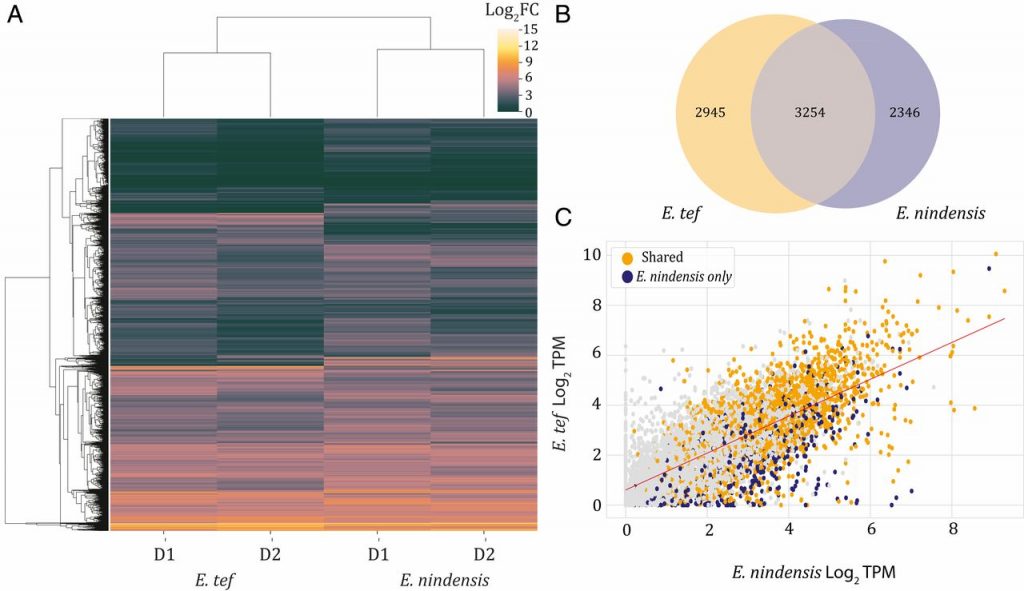
Intertwined signatures of desiccation and drought tolerance in grasses (PNAS)
Plant Science Research WeeklyDesiccation tolerance (i.e., the capacity of surviving with very low water content) is widespread in seeds and pollen, but quite rare in vegetative organs. Most authors agree that in angiosperms it originated multiple independent times from rewiring seed desiccation tolerance pathways. Here, Pardo et…
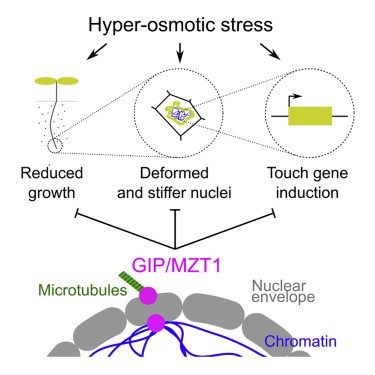
Mechanical shielding in plant nuclei (Curr. Biol.)
Plant Science Research WeeklyThe nucleus is an organelle with tremendous shape flexibility in response to environmental cues; it has been described as the “plastic, elastic, and fantastic” organelle. The change in nuclear geometry based on mechanical stress is well documented from single cell studies in culture, but the question…

